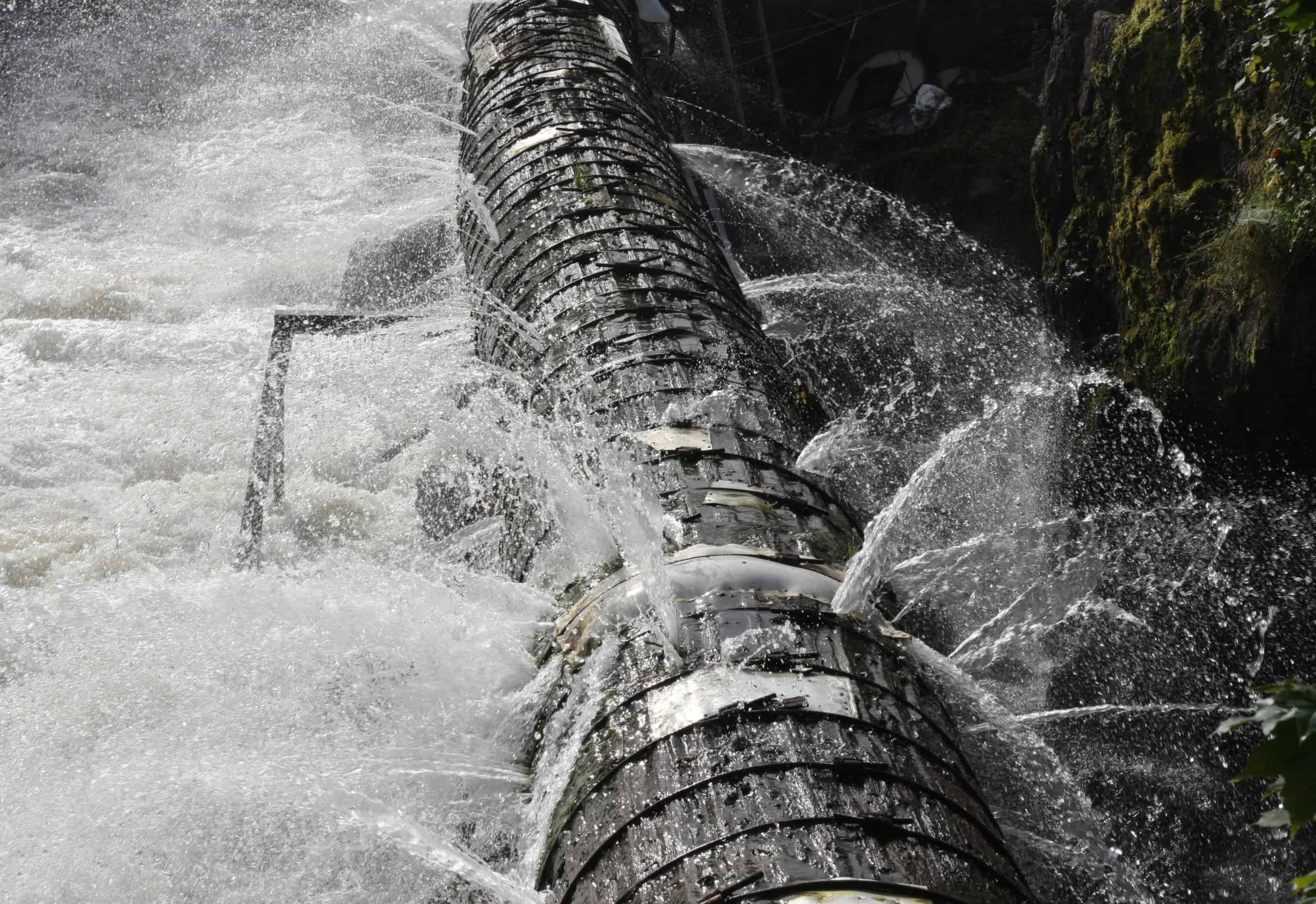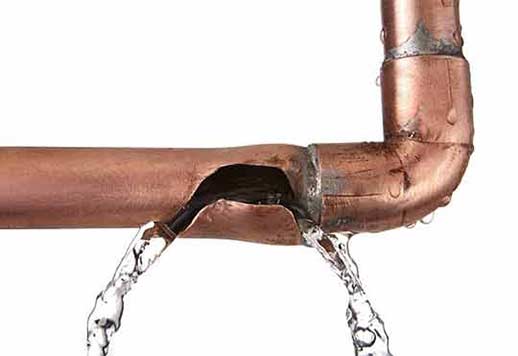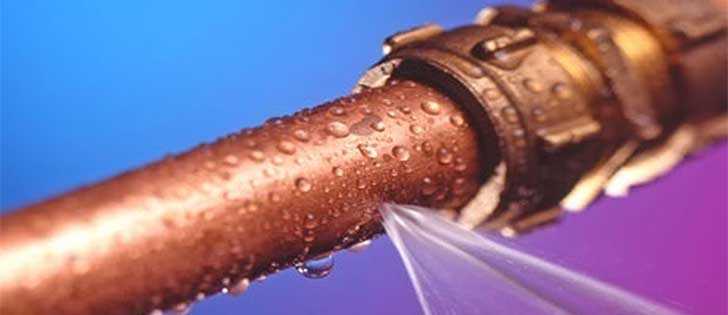How to Handle a Burst Pipe: Essential Steps for Immediate Action
How to Handle a Burst Pipe: Essential Steps for Immediate Action
Blog Article
Stopping Burst Piping: Essential Tips to Shield Your Pipes
Preventing ruptured pipes is an important problem for property owners, specifically during colder months when the threat of cold is heightened. Applying calculated procedures such as correct insulation, routine evaluations, and keeping consistent indoor temperatures can substantially lower the likelihood of pipe failing.
Understand Pipe Vulnerabilities
Understanding pipe vulnerabilities is vital for reliable pipes upkeep and avoiding expensive damages. A number of factors contribute to the vulnerability of pipes to bursts, consisting of product make-up, age, and environmental problems. Older pipes, particularly those made from galvanized steel or polybutylene, typically degrade in time, bring about increased risk of ruptures and leaks.
Temperature level variations can likewise dramatically effect pipe integrity. In chillier climates, water caught in pipes can freeze, exerting and expanding stress on the pipeline walls, which might ultimately result in a ruptured. High water stress can strain pipes, especially at joints and bends, heightening the probability of failure.

Insulate Pipeline Properly
Correct insulation of pipelines is important for protecting against cold and succeeding bursts throughout winter (burst pipe). Protecting your plumbing system efficiently safeguards against temperature level drops that can lead to costly damage. Begin by recognizing susceptible locations where pipelines are revealed to outdoor temperature levels, such as cellars, attic rooms, and outside walls
Usage foam pipeline insulation sleeves or wrap insulation tape around these areas to offer a safety barrier. Guarantee that all sections of the pipes, particularly those with limited warm exposure, get ample insulation. Pay special focus to installations and joints, as these are extra vulnerable to cold.
When protecting, it's important to select materials that fulfill local building regulations and are proper for the particular setting. Fiberglass insulation is commonly advised for its thermal resistance homes. In addition, take into consideration making use of heat wires or tape in extreme conditions, which can be connected in to supply supplemental warmth
Routinely evaluate shielded pipelines for any indications of wear or damage, as endangered insulation can lessen its performance. By taking these positive procedures, you substantially minimize the threat of pipe ruptureds, making sure a trusted plumbing system throughout the winter season.
Maintain Regular Temperature Level
A steady indoor temperature is crucial for protecting against burst pipes throughout the cold months. When temperatures decline, water within pipelines can freeze, creating and expanding pressure that might ultimately create the pipelines to burst.Utilizing a programmable thermostat can assist manage indoor temperature levels effectively, ensuring that rooms with pipes stay warm even when the house is unoccupied.
On top site web of that, it is prudent to allow faucets to leak slightly during extreme cool spells. This minor circulation of water can avoid freezing by alleviating stress within the pipes. During particularly severe climate occasions, think about briefly suspending any type of nighttime problems on your thermostat to maintain a consistent warm atmosphere. By applying these approaches, property owners can considerably minimize the risk of pipeline bursts and guard their pipes systems versus the severe winter season aspects.
Routinely Evaluate Plumbing
Routine assessments of plumbing systems are critical for avoiding burst pipelines and preserving general home honesty. Routine checks allow homeowners to identify prospective problems before they rise into expensive repairs or significant water damages. Throughout these inspections, it is necessary to analyze noticeable pipelines for indications of corrosion, leakages, or use. Pay special interest to locations susceptible to cold, such as basements, attics, and exterior wall surfaces.
In addition, inspecting links and joints is vital, as these points are often prone to leakages. Home owners must additionally examine water stress degrees, as extreme pressure can strain the plumbing system and increase the risk of pipe ruptureds.
Think about organizing professional plumbing inspections at least yearly, specifically before winter, to ensure your system is prepared for colder temperature levels. Regular examinations not just aid in recognizing immediate problems but additionally foster lasting maintenance strategies that can enhance the life expectancy of your plumbing system. By being aggressive in your technique, you can secure your home versus the disruptive and costly consequences of ruptured pipelines. Focusing on plumbing examinations is an investment in your house's health and wellness.
Know Emergency Procedures
Comprehending emergency treatments is vital for every homeowner, specifically after carrying out regular pipes inspections. Being prepared for a pipes emergency can considerably reduce damages and save expenses.
Following, keep essential devices helpful. A plumbing emergency situation kit must include a wrench, plunger, and towels, in addition to a flashlight and a container for small leaks. In addition, consider having the call details for a relied on plumbing technician easily offered, ought to the circumstance intensify beyond your control.
If you identify a leak or ruptured pipeline, immediately transform off the water supply and inform your plumbing. Record the damages with photos for insurance coverage purposes. Be mindful of the Check Out Your URL indicators of potential pipes concerns, such as unusual water pressure changes or damp areas on wall surfaces
Inevitably, aggressive knowledge and quick activity are important in managing plumbing emergency situations, ensuring your home continues to be secured and minimizing prospective damages.

Final Thought
Finally, preventing ruptured pipelines necessitates a multifaceted approach that consists of understanding pipe susceptabilities, proper insulation, keeping constant interior temperatures, routine examinations, and expertise of emergency treatments. By applying these essential methods, the danger of plumbing failures can be substantially decreased, therefore making certain the long life and performance of the pipes system. Proactive steps not just protect against potential damage yet additionally add to general water preservation and the defense of residential or commercial property.
In chillier climates, water entraped in pipelines can freeze, broadening and exerting stress on the pipe wall surfaces, which might inevitably lead to a burst. When temperature levels decrease, water within pipelines can freeze, developing and broadening pressure that might inevitably learn this here now create the pipes to burst. By carrying out these approaches, home owners can dramatically lower the danger of pipe ruptureds and safeguard their plumbing systems against the severe wintertime elements.

Report this page